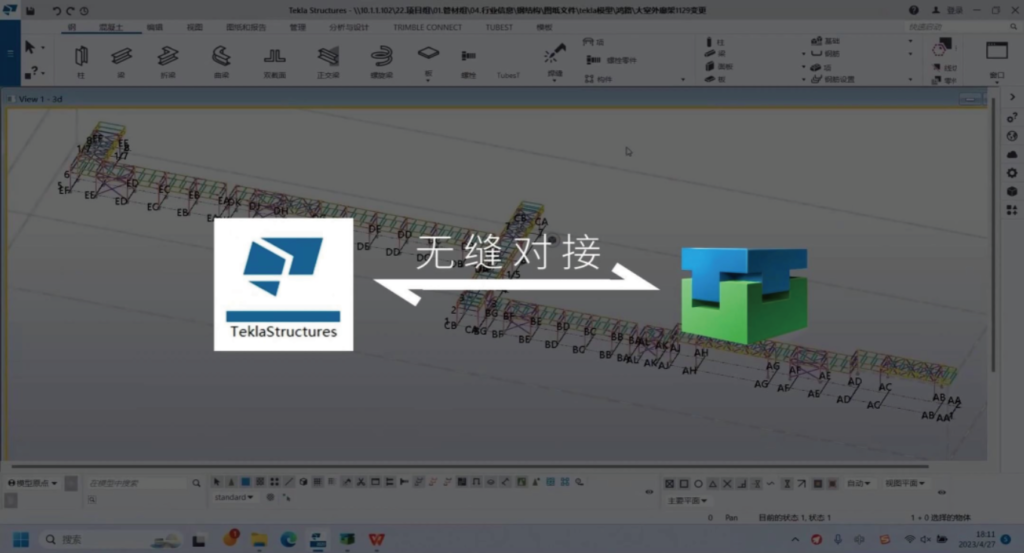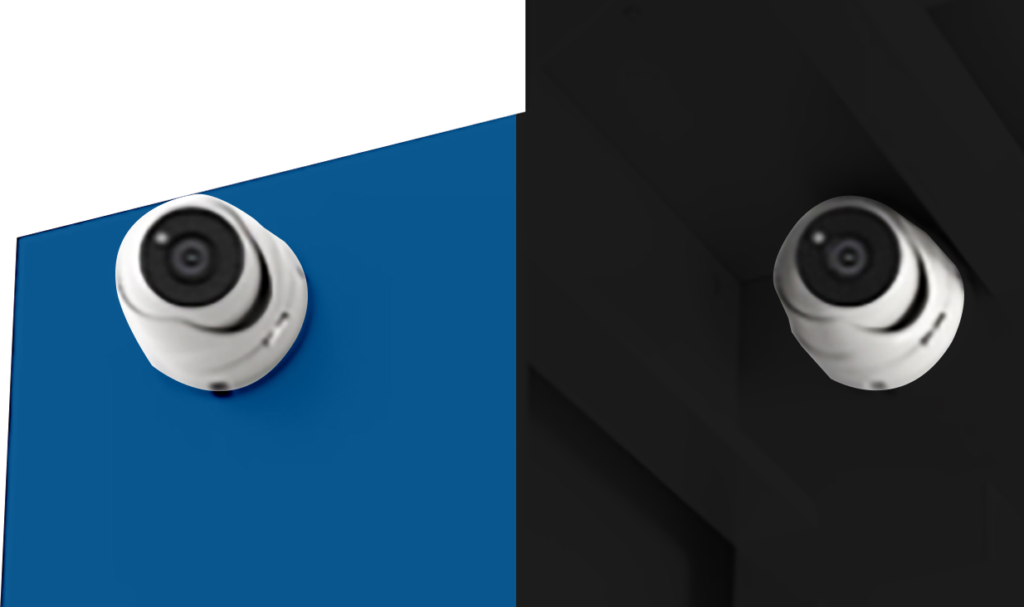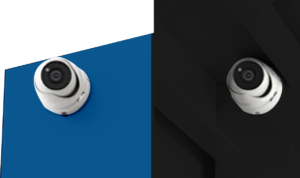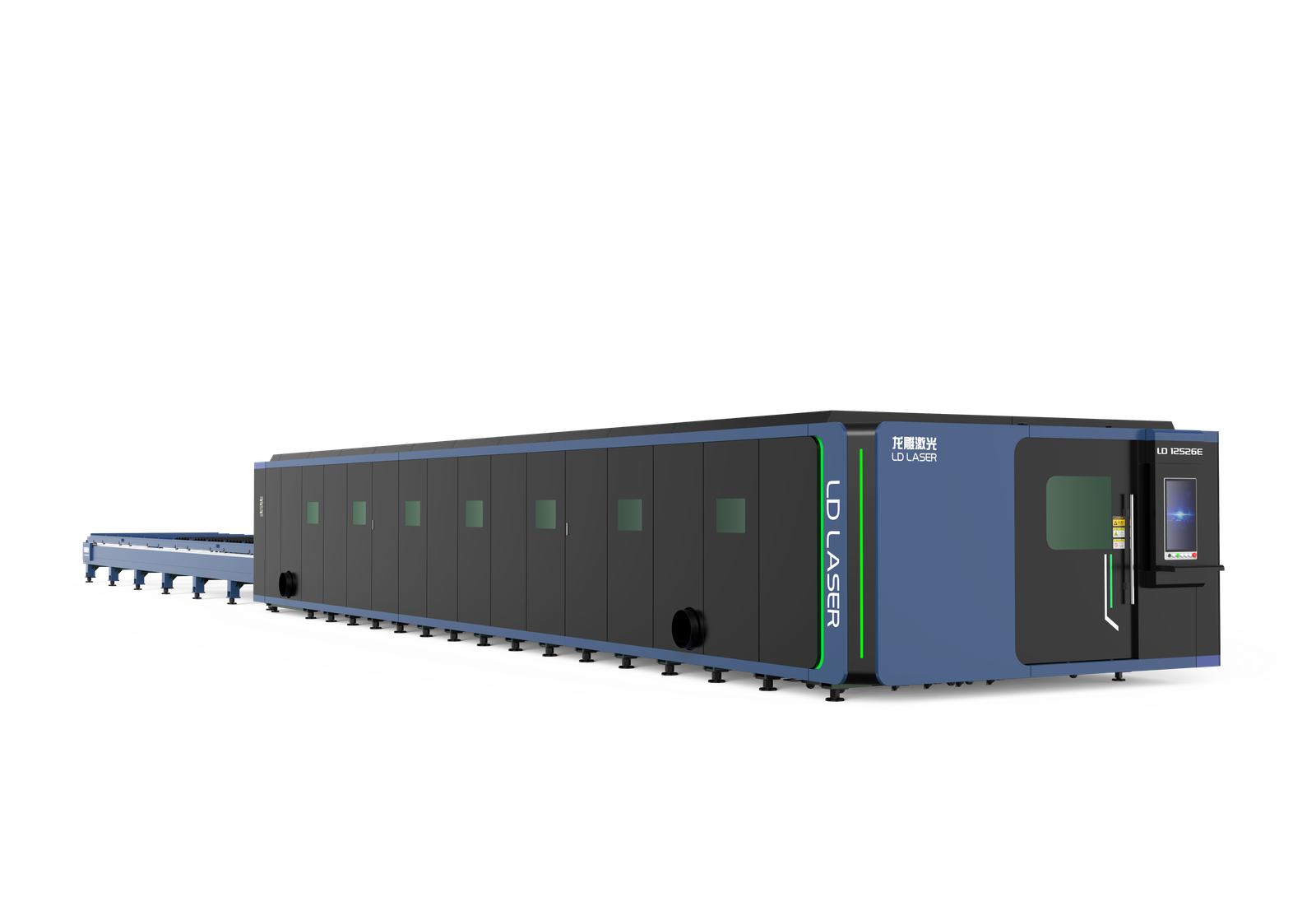You’ll discover how tube laser cutting technology transforms manufacturing with its precision-driven approach and smart automation features. As you navigate the landscape of modern fabrication, you’ll encounter systems that merge focused light energy with intelligent controls to process complex geometries. The fusion of CAD integration, real-time adaptation, and remote monitoring capabilities opens new doors for your production efficiency—and that’s just the beginning.
Principais conclusões
Modern tube laser cutters employ AI-driven automation and cloud connectivity for remote operation and monitoring of cutting processes.
Advanced optics and precise beam control systems automatically adapt to various tube geometries and material thicknesses.
Real-time analytics and smart process integration enable superior quality control and optimize workflow efficiency.
Mobile interfaces allow secure remote oversight of cutting operations while facilitating quick sharing of design files.
Automated tube positioning and multi-axis capabilities ensure precise cuts across simple rounds to complex structural shapes.
Understanding the Core Technology Behind Tube Laser Cutting
While various cutting technologies exist in modern manufacturing, corte a laser de tubos represents one of the most sophisticated approaches to precision material processing. You’ll find that laser beam technology forms the core of this system, utilizing focused light energy to achieve clean, accurate cuts through metal tubing. The process relies on advanced optics and precise beam control mechanisms that adapt to different tube geometry innovations.
When you’re working with tube laser cutting, you’ll notice how the system automatically compensates for varying material thicknesses and profiles. The technology incorporates real-time adjustments to beam focus, power levels, and cutting speeds based on the tube’s specifications. This dynamic response maintains peak cutting performance across diverse applications, from simple round tubes to complex structural shapes, making it an invaluable tool in modern fabrication processes.
Key Benefits and ROI for Manufacturing Operations
Three primary benefits drive the ROI potential of tube laser cutting systems in manufacturing operations: increased throughput speed, redução dos resíduos de materiaise lower labor costs.
You’ll achieve significant cost savings through automated processing that eliminates multiple setup steps and manual handling. Your productivity boosts come from the system’s ability to perform complex cuts in a single operation, replacing traditional multi-stage processes. The precision of laser cutting reduces scrap rates by up to 40% compared to conventional methods.
When you integrate tube laser cutting, you’ll typically see ROI within 18-24 months through reduced labor requirements, desperdício mínimo de materiale increased production capacity. The technology’s ability to handle various materials and geometries also enables you to expand your manufacturing capabilities without additional equipment investments.
Essential Features to Look for in Modern Tube Laser Systems
Modern tube laser systems require five critical features to deliver 최고 performance in manufacturing environments. First, you’ll need automated alignment systems that guarantee precise positioning of tubes during the cutting process. Second, look for advanced motion control with multi-axis capabilities that maintain tube laser precision across complex geometries. Third, invest in intelligent material handling systems that can accommodate various tube sizes and shapes automatically. Fourth, make certain your system includes cutting-edge beam control technology that optimizes power and focus for different materials. Finally, select a system with integrated quality monitoring that provides real-time feedback on cut quality and dimensional accuracy. These features work together to maximize throughput, minimize waste, and deliver consistent, high-quality results in your tube processing operations.
Real-World Applications Across Different Industries
Encontrará tecnologia de corte a laser pervasively integrated across manufacturing sectors, from precision components for automotive systems to intricate architectural designs. Within these applications, sistemas de laser de tubo excel at creating complex geometries for structural frameworks and custom fabrication projects that require exact specifications. In the energy sector, you’ll encounter laser-cut tubing solutions in heat exchangers, power generation equipment, and renewable energy infrastructure, where precision and reliability are paramount.
Manufacturing and Design Applications

Laser cutting technology has revolutionized manufacturing processes across diverse industries, from automotive and aerospace to medical device fabrication and architectural design. With precision manufacturing capabilities, you’ll find that modern laser systems enable custom design solutions previously unattainable through traditional methods.
- Achieve tight tolerances down to 0.1mm for complex geometries in metal, plastic, and composite materials
- Create intricate patterns and detailed components for rapid prototyping and small-batch production
- Implement automated workflows that integrate with CAD/CAM systems for seamless design-to-manufacturing
- Reduce material waste and production time while maintaining consistent quality across manufacturing runs
These capabilities transform your manufacturing operations, allowing you to tackle sophisticated projects with greater efficiency and reliability. The technology’s versatility supports both standardized production and specialized custom applications, meeting diverse industry demands.
Tubing for Energy Solutions
While traditional tubing fabrication methods struggle with complex geometries, precision laser cutting systems excel at producing specialized tubing components for the energy sector. You’ll find these advanced systems creating intricate heat exchangers for solar energy installations and crafting specialized piping for wind energy towers. They’re vital in manufacturing fluid transport systems that optimize energy efficiency across renewable resource facilities.
When you’re developing sustainable practices for your energy projects, you’ll benefit from laser-cut tubing that reduces carbon footprint through precise material usage and minimal waste. These components are significant in alternative fuels processing and energy storage applications, where exact specifications must be met. The technology enables you to produce complex manifolds, custom flow control systems, and thermal management solutions that maintain strict tolerances while supporting your sustainability goals.
Maintenance and Best Practices for Optimal Performance
Maintaining peak performance of a laser cutting system requires systematic preventive care and adherence to established protocols. Your routine inspections should focus on performance optimization through precise calibration and timely maintenance of critical components.
- Check alignment of optical components daily, including mirrors and focusing lenses, to prevent beam deviation
- Monitor assist gas pressure levels and flow rates to guarantee consistent cutting quality
- Clean debris from the cutting head and nozzle after each shift to prevent contamination
- Document all maintenance activities and track system performance metrics
Future Trends and Technological Advancements
You’ll witness transformative changes in laser cutting as AI-driven automation systems optimize cutting paths and reduce material waste with unprecedented precision. Smart material recognition systems will revolutionize your workflow by automatically detecting substrate properties and adjusting laser parameters in real-time. Cloud-connected manufacturing networks will enable you to integrate multiple laser cutters across facilities, sharing data and cutting specifications while maintaining consistent quality standards.
AI-Driven Cutting Automation
Three major advances in artificial intelligence are revolutionizing laser cutting automation: machine learning algorithms for ideal path planning, computer vision systems for real-time quality controle predictive maintenance analytics.
You’ll find that AI algorithms are transforming how your laser cutter operates, maximizing automation potential through sophisticated process integration. The system’s efficiency optimization capabilities now allow you to achieve unprecedented precision while reducing material waste and production time.
- Your machine learning algorithms continuously refine cutting paths based on material properties and previous performance data
- Real-time computer vision monitors cut quality and makes instant adjustments
- Predictive analytics alert you to maintenance needs before failures occur
- Smart process integration coordinates multiple machines for optimized workflow
These AI-driven innovations enable your system to achieve higher throughput while maintaining superior quality standards.
Smart Material Recognition Systems

As laser cutting technology evolves, smart material recognition systems are emerging as game-changing innovations that automatically detect and enhance cutting parameters for different materials. You’ll find these systems equipped with advanced sensors that analyze material composition, thickness, and surface properties in real-time.
Through smart detection capabilities, the system adjusts laser power, cutting speed, and focal length to achieve ideal results. The adaptive algorithms learn from each cutting operation, continuously refining their parameters based on previous outcomes. You can now process multiple material types without manual reconfiguration, as the system automatically recognizes and adapts to each new workpiece. These intelligent systems also help prevent errors by identifying incompatible materials and alerting you before processing begins, greatly reducing waste and improving eficiência operacional.
Cloud-Connected Manufacturing Networks
Modern laser cutting facilities are rapidly integrating into cloud-connected manufacturing networks, building upon the smart detection capabilities of current systems. You’ll find that cloud flexibility enables real-time monitoring and remote operation of multiple cutting systems across different locations. Data security protocols guarantee your intellectual property remains protected while allowing seamless collaboration between design teams and production floors.
- Connect multiple facilities through encrypted networks that synchronize production schedules and material inventory
- Monitor cutting operations remotely using secure mobile interfaces and real-time analytics
- Optimize resource allocation through AI-driven cloud systems that predict maintenance needs
- Share design files and cutting parameters instantly across your global manufacturing network
These networked systems transform traditional manufacturing into agile, responsive operations that adapt to your changing production demands while maintaining strict security standards.
Conclusão
Like a skilled conductor directing light’s intricate dance, you’ll orchestrate your tube laser system to perform with symphonic precision. As you navigate through Industry 4.0’s evolving landscape, your cutter becomes more than a tool – it’s your gateway to manufacturing excellence. By embracing these technological waves, you’re not just cutting tubes; you’re sculpting the future of precision manufacturing.

